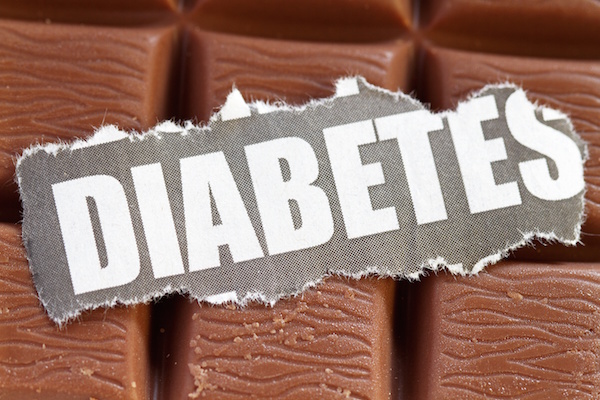
WEDNESDAY, May 6, 2015 (HealthDay News) — A new study finds mixed results for the health of America’s aging “Baby Boom” generation, with nearly half of people ages 55 to 64 taking a prescription heart drug and about 1 in 5 dealing with diabetes.
However, the report from the U.S. Centers for Disease Control and Prevention also finds that the overall death rate in this age group has gone down over the past decade.
The report shows that the “prevalence of diabetes and obesity among Baby Boomers remains remarkably high and is a public health concern,” said Dr. Ronald Tamler, who directs the Mount Sinai Clinical Diabetes Institute in New York City.
But he said the new findings also show that “interventions focusing on heart health are beginning to pay off.”
The new data comes from an annual report from the CDC’s National Center for Health Statistics, looking at 2014 statistics on the health of all Americans.
This year, the CDC zeroed in on adults ages 55 to 64, who form the core of the “Boomer” generation. On average, people in this age range can expect to live anywhere from another 19 to 27 years. But they also face a growing risk of developing chronic health problems, the agency said.
That looming epidemic of heart disease, diabetes and other chronic health woes doesn’t bode well for the financial health of the U.S. health care system, the report noted, since most Boomers will be covered by the government-run Medicare program within the next 10 years.
Some key findings in the report:
- Between 2009-12, an estimated 19 percent of adults ages 55 to 64 had diabetes, 40 percent were obese and 51 percent had high blood pressure — numbers the CDC said haven’t budged from statistics taken a decade before.
- Due in large part to the prevalence of these chronic conditions, use of prescription drugs is high. In 2009-12, approximately 45 percent of adults in this age group took a prescription heart drug, about 32 percent took a cholesterol-lowering drug, 16 percent used prescription drugs for chronic heartburn, 15 percent used prescription painkillers, nearly 13 percent used some type of diabetes drug, and more than 14 percent took an antidepressant.
- However, between 2003 and 2013, the overall death rate for Americans ages 55 to 64 fell, the CDC said. Cancer death rates are now higher than those for heart disease, the report found.
- Between 2002-03 and 2012-13, the rate of cigarette smoking among adults ages 55-64 fell from nearly 20 percent to just over 18 percent. However, high rates of smoking still afflict the poor, with rates three times higher among those living well below the poverty line compared to people from more affluent groups.
The bottom-line forecast, according to Tamler, is an aging population increasingly plagued by chronic illness. That means doctors “have our work in primary prevention cut out for us,” he said, “especially in the less affluent segment of the population.”
Another doctor agreed.
“With a shift from treatment to prevention, where the key is lifestyle choices such as diet and exercise, we could essentially change these statistics,” said Dr. Suzanne Steinbaum, a preventive cardiologist at Lenox Hill Hospital in New York City.
“This study should be used to empower a generation to see the importance in how they take care of themselves and how they choose to live,” she said.
More information
The U.S. Office of Disease Prevention and Health Promotion explains how to protect your health as you grow older.
Copyright © 2026 HealthDay. All rights reserved.

